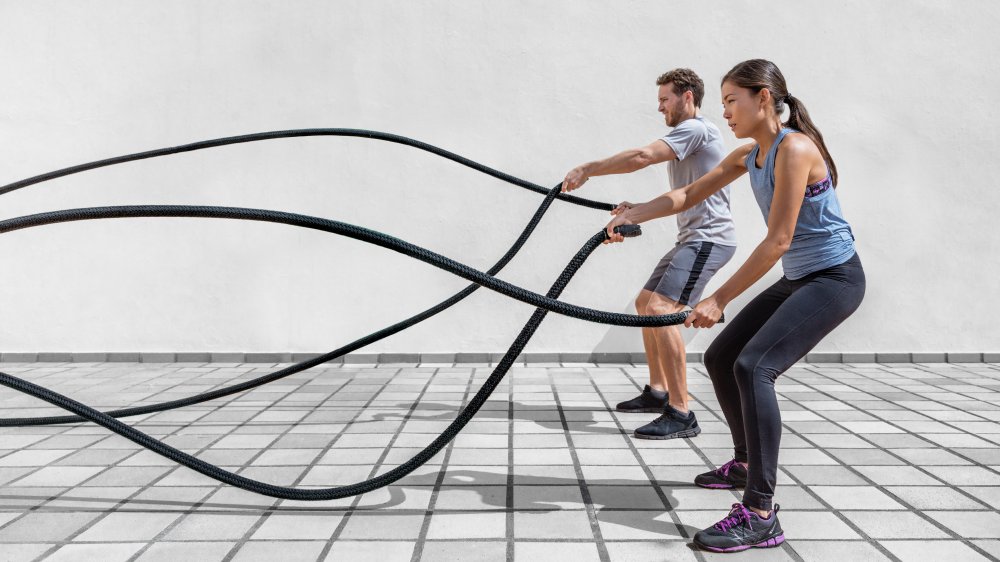Why Taking Days Off Between Workouts Is So Important
For many exercise fanatics, rest days may seem like wasted days. Surely, working out seven days in a row is better than taking rest days, right? Wrong. According to experts, taking days off between workouts is key. And the reason is simple. "You have to let your body heal from the work you've been doing all week," explains Barry's Bootcamp trainer Jemma McKenzie-Brown. Speaking to Women's Health, she continued, "Your muscles need a chance to desensitize and get used to the progression you've already made. If you push your brain too hard at work, you burnout. It's the same with your body."
Rest days can also help to prevent injury. As Amanda Freeman, founder and CEO of SLT in New York, told Huffington Post, "Think about working out in terms of a marathon, not a race. If we don't take care of our bodies, we risk injury, which in turn is the body's way of forcing a rest period upon itself."
Taking days off between workouts is one of the best ways to ensure you're not over-exercising
Avoiding rest days and ultimately over-exercising also has to potential to cause some pretty serious side effects, says Crystal Reeves, a NASM certified master trainer and a co-owner of MadSweat. "When you perform excessive amounts of exercise without proper rest and recovery you may experience some harmful side effects including decreased performance, fatigue, altered hormonal states, poor sleeping patterns, reproductive disorders, decreased immunity, loss of appetite, and mood swings," she told The Active Times.
So, how many rest days do you need to take per week? It changes person to person, but everyone should be taking at least one day off a week. At the end of the day, it's all about listening to your body. As personal trainer, Melissa Chisholm, told CNET, "Be kind to your body, but also be honest with yourself if you need or want a rest day."


